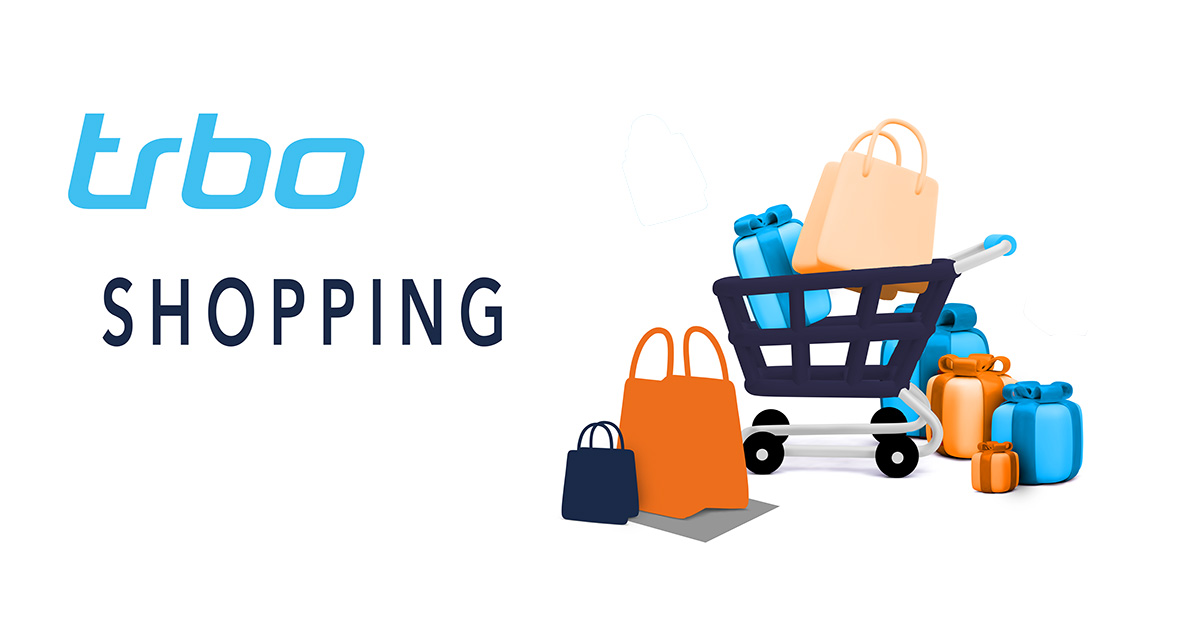With the fifth part of our Landing Pages that Convert series, we are slowly coming to the end of this blog edition. On our journey along the most diverse landing pages – whose potential often remains undiscovered – we do not only want to talk about home pages, product detail pages, lead forms and category pages. Today, we want to show you how to trim your shopping cart for purchase completions.
Contrary to the expectations of many, the shopping cart is by no means the end of optimization possibilities. There are various options for further increasing the shopping basket value and counteracting purchase cancellations in the last few meters.
A higher shopping cart value with cross and up-selling
Commonly, cross- or up-selling products are placed on the home page or on product detail pages. But product recommendations can be helpful not only there.
If they are displayed in the shopping cart, they can motivate the user to add one or two additional products to the cart. Sometimes the user even changes his mind and chooses the higher-priced model. If online shops display product recommendations in the shopping cart, it is important that they do not exceed the user’s price expectations. It is also important that the product matches those in the shopping cart. After all, it makes little sense to recommend headphones with a lightning connector to a user who wants to buy an android phone.
Faster sales and more revenue with progress bars
The integration of progress bars is very popular to encourage users to continue adding products to the shopping cart. This is because the display fills up as the shopping cart value increases. Once a certain cart value is reached, the user is then happy to receive a discount code or free shipping. This progress bar can also be linked to products that contain discounts or low prices, for example, to quickly clear open amounts.
It also makes sense to work with the time limit of promotions. If the sale is running out of time, a countdown can be displayed in the shopping cart. This can increase the pressure to complete the purchase.
Preventing purchase abandonment with exit intent elements
Despite all efforts, it is always possible that the user makes an effort to leave the page. This can be recognized by the fact that the mouse moves in the direction of the close button. However, this is by no means a disaster. Exit intent elements can help here and dissuade the user from his intention. Online Shops can, for example, work with overlays that ask the user whether he really wants to leave his full shopping cart behind. Or with an overlay indicating a discount or free shipping. Perhaps this will persuade the user not to abandon the shopping cart after all.
More conversions through an optimized shopping cart
When considering which landing pages to optimize, the shopping cart is often neglected. However, there is a lot of potential here as well. If the user wants to leave the website without completing the order, that’s not a desaster. He may not be able to make up his mind, wants to browse other pages, or simply doesn’t have time to complete the purchase. That is why it is important to attract his attention once again. If the user is known but still leaves the shop, an e-mail can be sent again afterwards with the products “forgotten” in the shopping cart. This encourages the user to complete the order.
